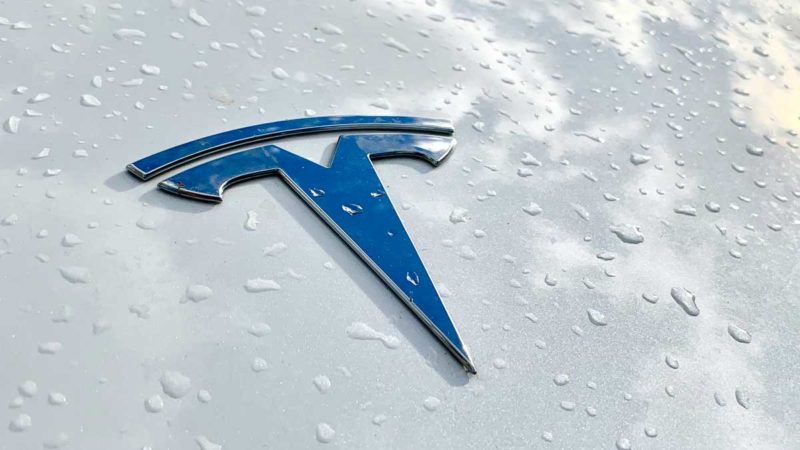Elon Musk has weighed in on the online speculation swirling around the Tesla Model S crash in Texas on the weekend that claimed the lives of two men, neither of them – police believe – behind the wheel at the time the car ploughed into a tree.
In a comment on Twitter on Monday, Musk said data logs recovered so far had showed that Autopilot was not enabled in the car at the time of the accident and that the 2019 Model S involved had not purchased FSD – Tesla’s Full Self Driving software.
“Moreover,” Musk added in the Tweet, “standard Autopilot would require lane lines to turn on, which this street did not have.”
Musk’s comments were made in response to a Tweet criticising a Wall Street Journal article for repeating the criticisms of “safety experts,” that not enough had been done by Tesla to keep drivers from using autopilot or FSD in situations for which they weren’t yet designed.
The same article also noted that, as of Sunday, “authorities still were investigating whether the front passenger airbag deployed and whether the vehicle’s advanced driver-assistance system was enabled” at the time of the crash.
“This doesn’t make sense,” the Tweet said. “There are safety measures in place with the autopilot… Seat is weighted to make sure there is a driver, hands must be on steering wheel every 10 seconds or it disengages. Autopilot doesn’t go over the speed limits … is impossible … Research pls.”

Musk responded late on Monday that the Tweeter’s “research as a private individual [was] better than professionals [at WSJ]” and went on to say that evidence so far suggested that FSD had not been purchased by that vehicle, autopilot was not engaged, and that the car was being driven on a road not suitable for autopilot, in any case.
Your research as a private individual is better than professionals @WSJ!
Data logs recovered so far show Autopilot was not enabled & this car did not purchase FSD.
Moreover, standard Autopilot would require lane lines to turn on, which this street did not have.
— Elon Musk (@elonmusk) April 19, 2021
As you can see in the comments that follow Elon’s response, his assurances have done little to quell debate and speculation, with some arguing that older and non-updated versions of Tesla’s “standard autopilot” had been shown by other drivers to function without road markings and over the speed limit.
This video, below, shows that road markings are only needed to engage autopilot, but that once it is engaged it continues to work without them.
Lanes are not required for basic autopilot to be maintained, so long as autopilot is activated when lanes are initially presented. pic.twitter.com/Wq1cizF17o
— Stephen Pallotta (@stephenpallotta) April 19, 2021
Another response shares a video from a Tesla driver who demonstrates what happens in FSD mode when the driver takes their seatbelt off – spoiler, an internal alarm goes off and the car pulls over and comes to a stop.
Here is what happens when seatbelt is unbuckled as demoed by @brandonee916 https://t.co/s5LYDBctLX
— Marge ♡ #ElonMuskDay (@Manic_Marge) April 19, 2021
Whatever crash investigators do determine went on in the minutes and seconds before the fiery crash – reports are that it took emergency responders about four hours and roughly 32,000 gallons of water to put out the fire – the incident highlights the many grey areas that stubbornly persist around the safety and regulation of self-driving technology and autonomous vehicles.
While Tesla has made clear that clear that neither its Autopilot or Full Self-Driving functions are intended to be used without a human in the driver’s seat, it is regularly argued that little can be done to stop people from taking matters into their own hands – or out of them, as the case may be.
Referring to the EV maker’s latest quarterly data, Musk on Sunday Tweeted that a Tesla with autopilot engaged was now approaching a 10-times lower accident rate than an average car.
As The Driven reported on Monday, the data shows that when driving without Autopilot, Tesla’s “active safety” features are responsible for reducing accident risk five-fold compared to the national average. Driving without either, accidents in Tesla cars occur about half as often as the national average.

Sophie is editor of One Step Off The Grid and deputy editor of its sister site, Renew Economy. Sophie has been writing about clean energy for more than a decade.

